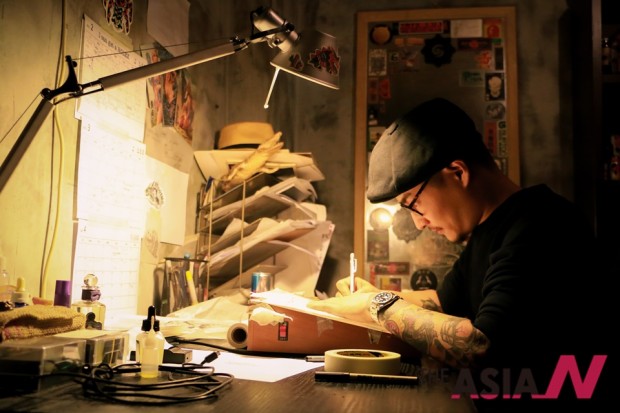
Tattoo culture in Korea: artistic exploration in the underbelly of Seoul
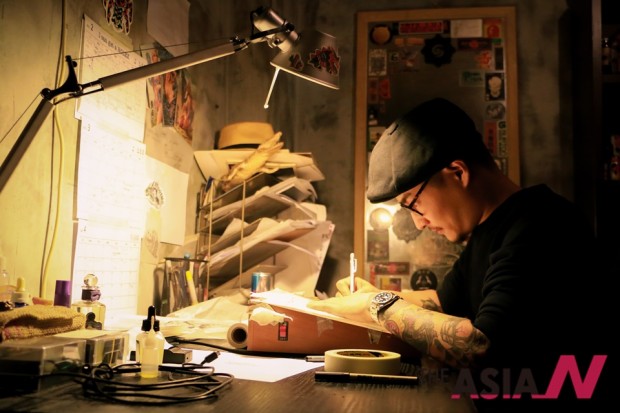
As humans, we have an urge to draw and decorate everything, from walls to vehicles to clothes to everything we use in our lives. In earlier times, we used to paint on cave walls, then canvases, rooms and ceilings. Now we doodle, sketch and Photoshop. But there is one thing that has always fascinated us more than anything. We decorate our bodies as well, with ornaments, jewelry and colors. In today’s world, if not with anything else, we do it with tattoos.
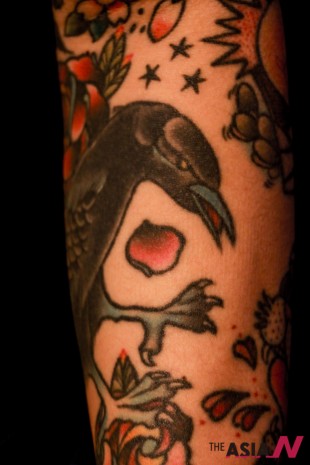
Tattoos, just like paintings (well, tattooing is a form of painting on the body), are not a modern expression. Rather, they have been around since Neolithic times. Back in earlier times, their use, just like cave paintings, was functional. Tattoos were thought to be a form of healing (similar to acupuncture) and could also serve as cultural and sacred symbols. Besides, it could show political and tribal affiliations, a status symbol such as a medal for honor and courage (for soldiers and warriors) as well as a symbol to document an important incident in one’s life. Today, the purpose of tattoos vary from any of the previously mentioned to more. Most of all, it is a type of self-identification – an artistic form of expression just like writing, photography or sculpting.
Today, in many countries, tattoos are still a taboo. But hey, where there is a taboo, there are always rebels, those who push the boundaries of the accepted “norms.” In this short photo series, I attempt to cover some of these rebels who push the boundaries in Seoul, South Korea.
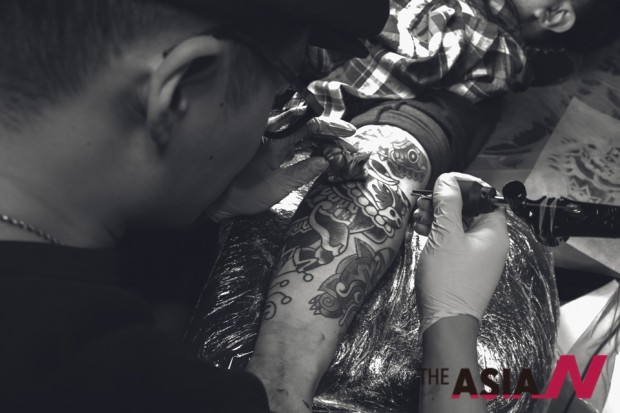
Tattooing in Korea is still relatively rare. In a country where skin is to be kept clean and without facial hair, how could tattoos be common? But the landscape is changing and tattoos (and beards) are growing in popularity albeit slow.
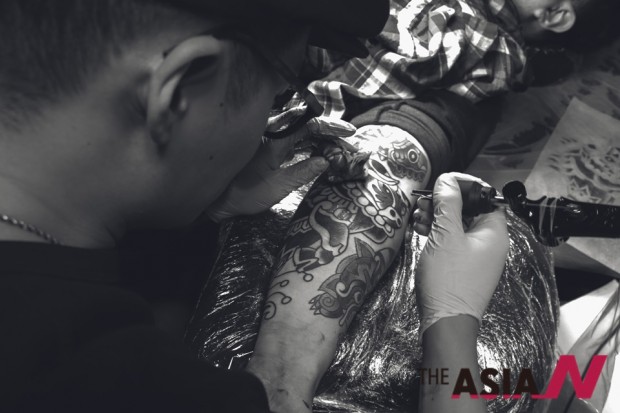
I visited some tattoo studios and met some tattoo artists in Seoul during my exploration. I got quite a bit of interesting information and it turns out that some of these artists have been to international tattoo festivals and have been working for years and years.
In Seoul, many artists like G-Sim and Kay Lee run tattoo studios, which are usually located in the basement or the second or third floors of multi-story buildings. The studios are clean and artists are cooperative with clients. Some studios even have English-speaking staff, so foreigners can have an easy time getting a tattoo. Artists learn and train in many tattoo styles including old school and new school to be able to cater to all comers. Some focus on a particular style and new clients are often attracted by word of mouth. What is interesting yet logical is that most people are afraid to get tattoos because it may hinder the chances of employment. However, you can still find a few Koreans who go beyond the norm and get tattoos on their necks, skull or arms.
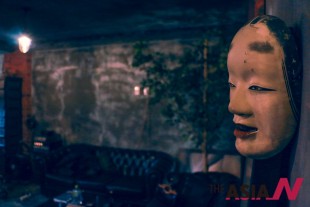
During my conversation with an artist named G-Sim, who also turned out to be a painter with a major in visual communication (yes, it’s not just the gangs, criminals and tribes who tattoo their bodies), I came to realize the ecstatic nature of tattooing. It is much more intimate than painting on a canvas or a wall. The pain of a needle piercing your skin 15 to 16 times per second, the ink touching your blood and the enchantment of an artwork coming to life in front of your eyes is a totally different type of intoxication. Call me a hedonist, but that is one euphoric must-experience feeling that we (read: I) so crave in our lives.
Essentially, tattooing is an art of expression, a way of self-identification. You convey your personality through tattoos. Instant communication with a stranger on the subway. A dialogue without words. An instant connection without knowing them. The bodies become canvases, the tattoo, the painting; and we, the living breathing works of art.



